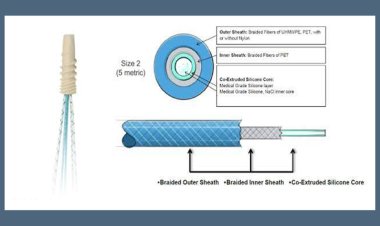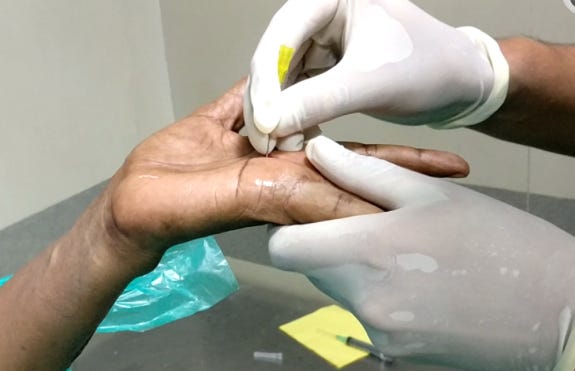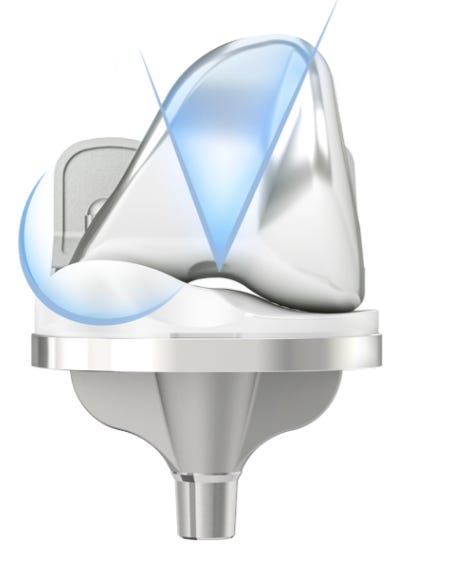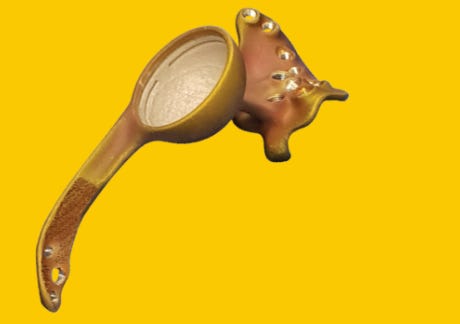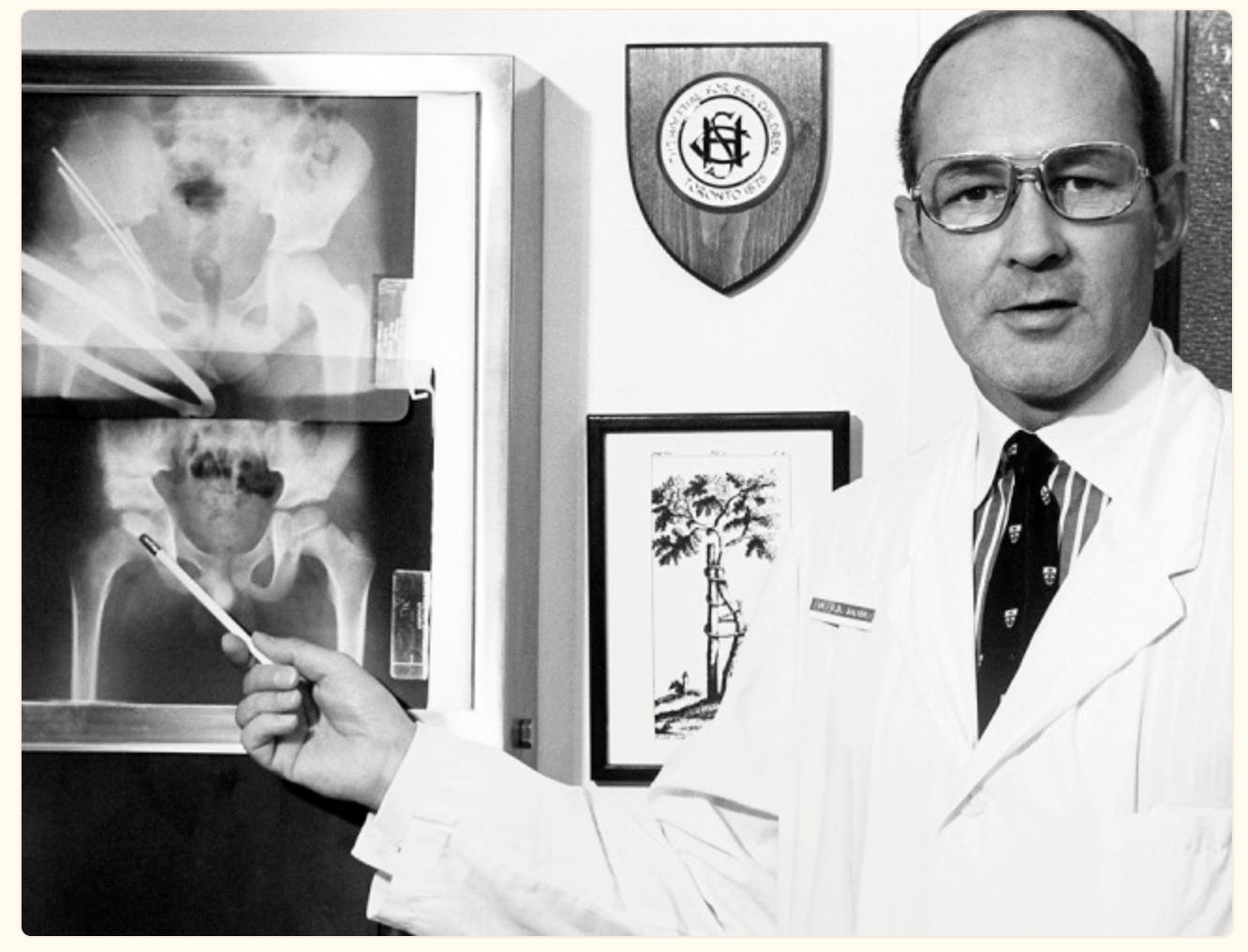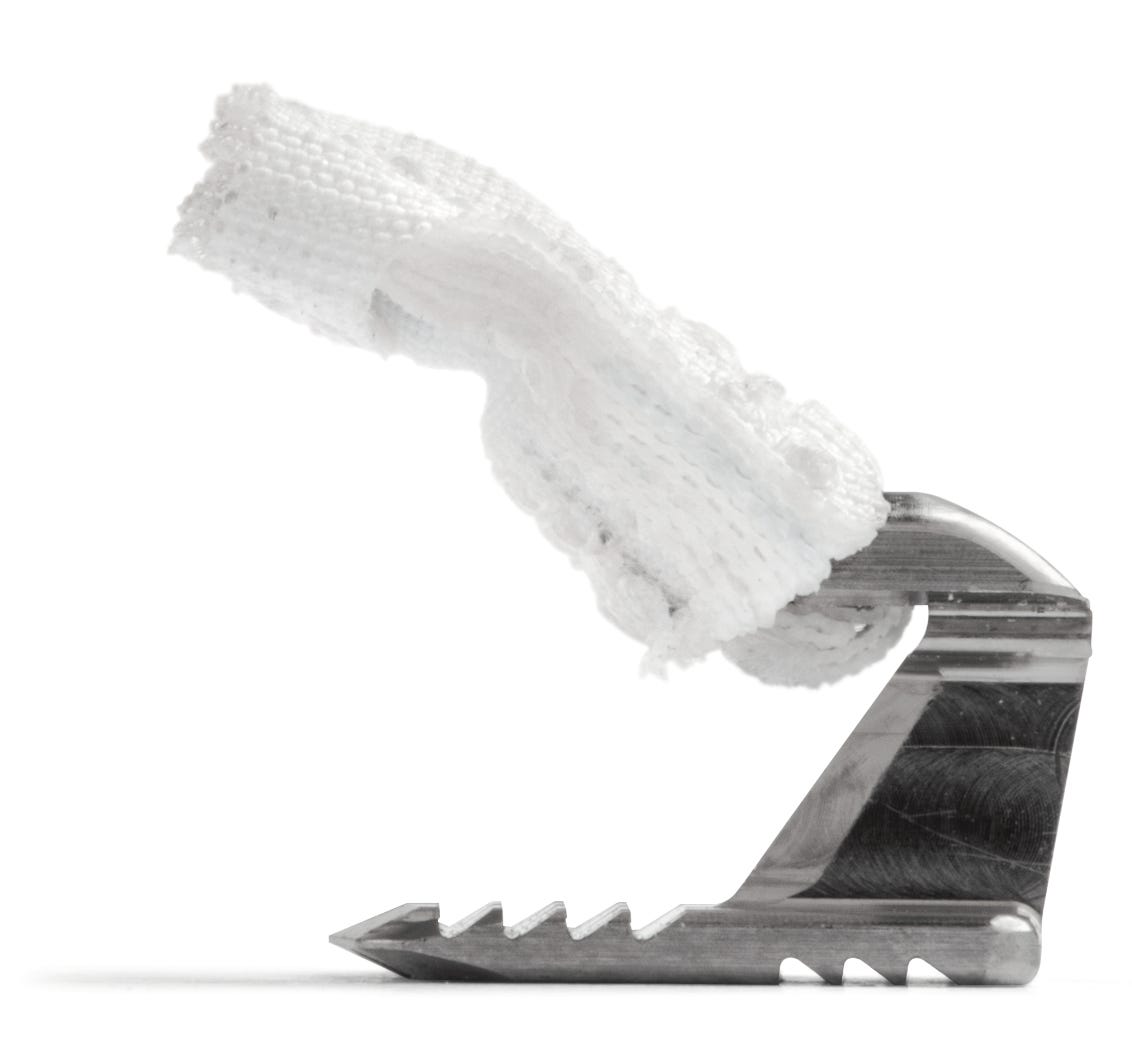Missed Astragalus osteotomies
Perplexed? - Clear your minds by reading this exclusive issue on Foot n Ankle
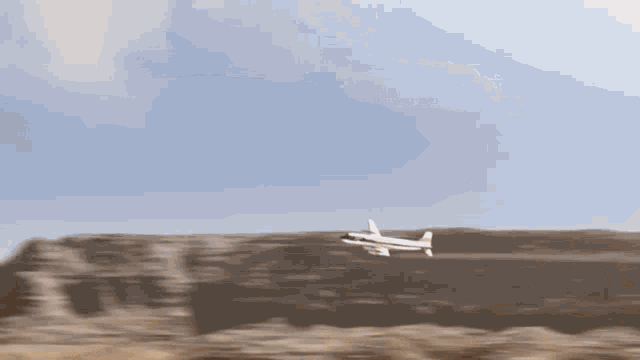
One more way to skin the cat…
“There are more than 90 different surgeries for Hallux valgus” – Foot and ankle 101
When there are many ways to achieve a goal, a pessimist says none are perfect. But optimists like us, believe that every new procedure is evolution of previous ideologies. Modern Orthopod’s ideology is minimally invasive and so, we have the next logical step.

Arthrex MIS Bunionectomy set has a trick up its sleeve which is its dual function trajectory system. It helps to place a planned osteotomy, shift the distal fragment, maintain the achieved the correction and also guide the screws in a percutaneous way. The Bevelled screws gives a low-profile fixation.

This RCT shows almost 90% of patients are happy after a percutaneous osteotomy with better AOFAS scores. Cadaveric analysis suggests that a MIS osteotomy at an average distance of 2.2 cm proximal to the MTP is a “sweet spot” for avoiding complications.

After all who doesn’t like a MIS procedure. Do check out the video here.
Aviator’s Astragalus - #FromTheHistory:
Let’s clear the air around Astragalus first. It is an old term for talus. Both astragalus and talus mean dice. The reason behind such weird nomenclature is that the Romans used ankle bones of animals as dice to play. The Mongolians still use tali as dice for fortune telling.
Fracture of the talus is rare. In the early 1900s when the medical communications were not that great, only case reports were available on the talus fractures. One of the very first long series of talus fractures was from Anderson. His life and his description of talus fractures are perfect examples of passion, dedication and keen observation. After graduating from Glasgow, Dr. Henry Graeme Anderson joined the Royal Navy Air Service as Surgeon-Lieutenant. His dedication was such that he soon became a licensed pilot. His book “The Medical and Surgical Aspects of Aviation” is a testimony to his passion and observation skills. It is in this book that he described Astragalus fractures in detail, from his experience of treating 18 pilots with such injuries.
“Aviator usually falls within his machine, and strikes the ground at an angle. The sole of the foot rests on the rudder bar, but with the impact the latter gets pressed into the instep just in front of the heel. Thus the force is exerted through the lower limbs at an angle, and the astragalus takes most of it, and becomes the seat of fracture” noted Dr Anderson - rightly calling this as the Aviator’s Astragalus.
Later W.D Coltart described 106 such talus fractures related to aviation injuries validating Dr Anderson’s research. During those times when aviation was still developing, crashing planes at sub-lethal speeds was common. However, now-a-days, with plane crashes becoming rare and lethal, aviator’s astragalus is seldom seen.
View through the bone - Medial Transmalleolar Portal #Surgical Pearl:
Do you find difficulty in accessing the OCDs in medial talar done? Are medial malleolus osteotomies annoying? Then this technique is for you.
-
The right ankle is placed supine in stirrup traction.
-
With arthroscopic viewing through the anterolateral portal, a drill guide is placed through the anteromedial portal.
-
A guide pin and reamer are passed from the medial tibia cortex into the medial ankle joint, thereby creating the medial transmalleolar portal.
-
OCD screw fixation is done through the portal.
-
The portal is then backfilled with an inverted osteochondral allograft plug.
Well we are known for brevity. Read the detailed technique with video here.
Open vs Arthroscopy for lateral ligaments of ankle #InTrials:
Ankle sprains are very common. A few of these, develop into ankle instability and require a surgery. Brostrom-Gould technique is a standard surgical approach for this condition, providing excellent results over years. Nacime et al are conducting a randomized clinical trial comparing Arthroscopic Versus Open Brostrom for Ankle Instability. They hypothesize that arthroscopic Brostrom technique will present better levels of pain and function when compared to the standard open approach.
Watch this space to know who wins the trial.
A shocking 70% - #MostCited:
Tibial shaft fractures, especially the spirals or distal thirds, are often associated with fracture of posterior malleolus (PM). Undisplaced PMFs may be overlooked during the diagnosis of shaft fractures. Wang et al. in their systematic review, analyzing 21 studies with 5021 shaft fracture patients, noted a high incidence of 70% of PMFs, based on CT or additional MRI of PM fractures associated with tibial fractures. About half of the PM fractures in this combined injury are occult and easily overlooked on plain radiography. PMFs if recognized, change the plan of management or at the least rehabilitation. So beware of PMFs.

Interesting events that line up:
-
57th Annual Meeting of Scoliosis Research Society, SRS 2023 Seattle, USA 6-9th September 2023
-
Arthroplasty Society of Australia Annual Scientific Meeting 2023 Bowral, Australia 18-21 May 2023
-
The Association of Bone and Joint Surgeons (ABJS) 75th Annual Meeting Seattle, Washington, USA12-16 July 2023.
Answer for last month question:
If a patient with unicompartmental OA has ACL deficiency, can he still undergo Uni-Knee replacement alone?
Answer: Yes, he can. Recent publication from Journal of Arthroplasty concludes that ACL deficiency is not always a contraindication for medial unicompartmental knee arthroplasty in patients with typical anteromedial osteoarthritis radiographs.
Question of the month:
What are the clinical Guidelines for the Surgical Management of Chronic Lateral Ankle Instability according to the American Foot and Ankle Society?
-
Signs and symptoms of CLAI for 1 month after conservative management
-
Signs and symptoms of CLAI for 2 months after conservative management
-
Signs and symptoms of CLAI for 3 months after conservative management
Wait for our next issue to know the answers.
Have a marvelous March ahead!









